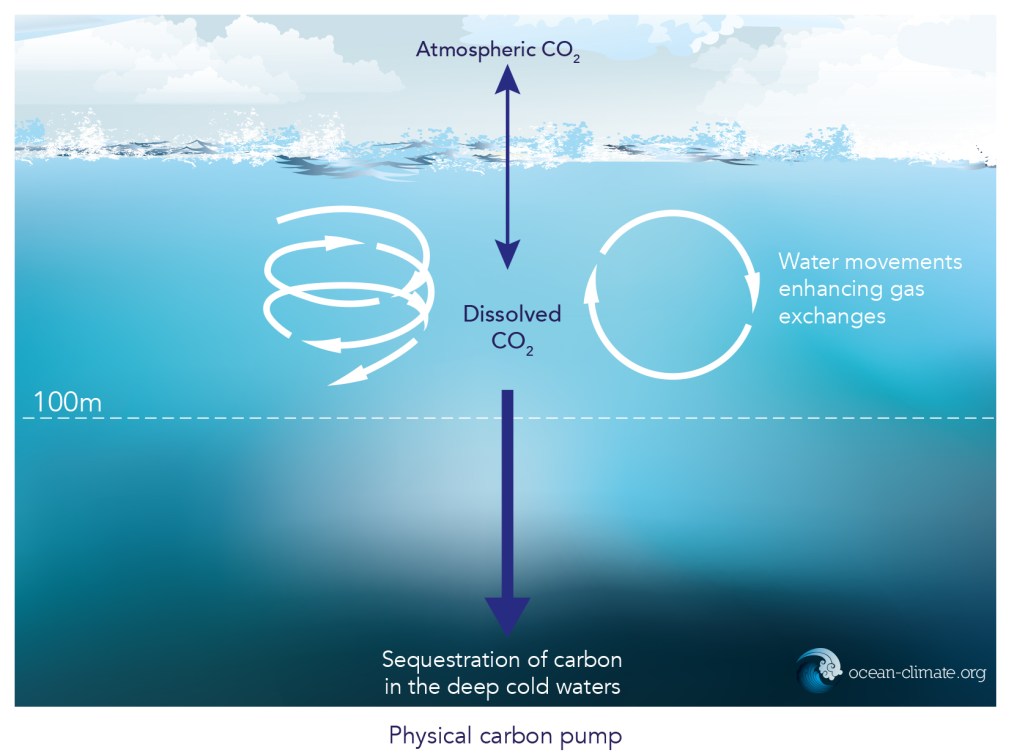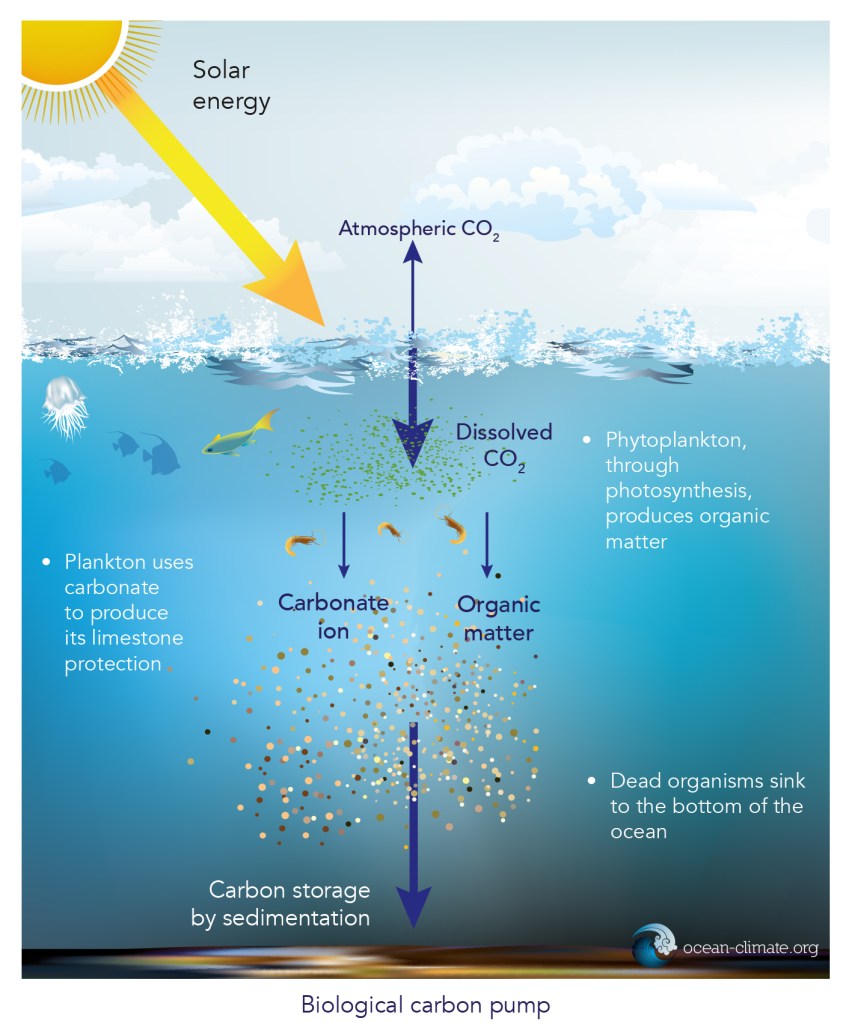Introduction and Significance
Earth Science refers to the investigation of the Earth and various processes happening there. The primary aim of this discipline is to discover the evolution and different activities that take place on the Earth and, eventually, use this information for the advantage of humankind and share it to deepen people’s knowledge about the planet. For instance, a topic that has received a significant amount of attention recently is mining and its influence on the marine environment. Deep-sea mining is the process that involves the retrieval of mineral goods from the ocean area below 200 m (Gollner et al., 2017). The rising interest in deep-sea deposits is primarily caused by the increase in the production of various high-tech products and green technologies that require the use of copper, aluminum, and zinc during manufacture (Gollner et al., 2017). However, since the ocean is essential for the planet, a better understanding of the deep sea, its processes are significant for the development and enforcement of regulations, aiming at limiting different mining practices.
Major Questions
The topic of the deep sea lacks a considerable amount of research; hence, it is crucial to study it profoundly to protect the marine environment successfully. While aiming at meeting the needs of the world’s population and producing a variety of goods, businesses engaged in deep-sea mining are not aware of the impacts of their activities on the Earth. For this reason, much effort should be put into conducting research that would extend the knowledge of individuals about the deep sea, its significance for the planet and humankind, and the means of its protection. The project will focus on responding to the following questions:
- Why is it essential to preserve the marine environment?
- What are the species living in the deep sea, and how are they affected by mining activities?
- How to protect the deep sea?
Graphics

While looking at this graphic, it can be seen that water stores CO2 better since its movements and low temperature enhance gas exchanges and contribute to the dissolution of CO2. This feature is important for the climate since it encourages the greenhouse effect which allows the Earth to protect itself from the Sun’s heat (Gollner et al., 2017). Thus, a positive marine environment helps the climate and contributes to the creation of adequate living conditions on the planet.

The following figure shows that the deep sea stores large amounts of carbon. Microorganisms, such as phytoplankton and plankton, play a primary role in producing and preserving carbon which is an integral part of various biological processes (Gollner et al., 2017). Consequently, it can be concluded that organisms which exist in the ocean are crucial for the production of organic matter and limestone protection and ensure that carbon is stored correctly.
Results’ Implications
By interpreting the processes that are portrayed in the graphics, the readers can understand the importance of a positive marine environment. The deep sea and its organisms are essential for effective climate regulation and, as a result, contribute to the creation of the right living conditions on the Earth. In addition, it should be stated that the results are relevant because they are an outcome of a careful analysis of the graphics provided by the Ocean & Climate Platform which publishes scientific information about ocean-climate interactions. Even though it is clear why the deep sea is significant, the question about how to protect it should be addressed as soon as possible.
Reference
Gollner, S., Kaiser, S., Menzel, L., Jones, D. O., Brown, A., Mestre, N. C.,… & Arbizu, P. M. (2017). The resilience of benthic deep-sea fauna to mining activities. Marine Environmental Research, 129, 76-101. Web.